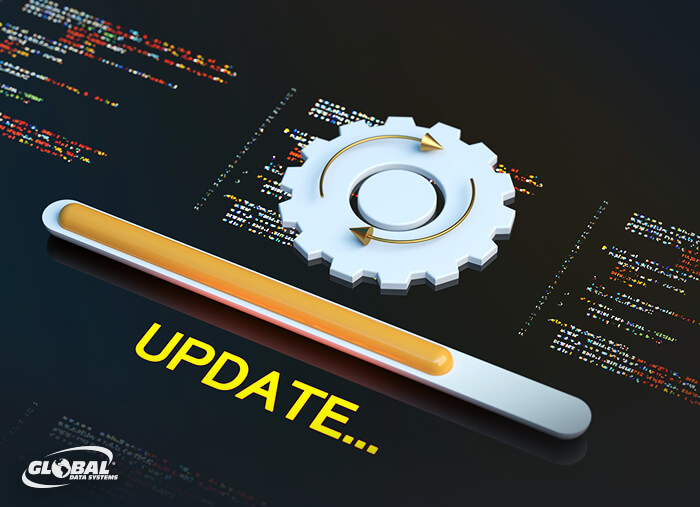Security Breach Statistics Illustrate the Importance of Patch Management
Global spending on IT security and services will exceed $200 billion this year, with the average organization now devoting more than 20 percent of its IT budget to cybersecurity. However, in their efforts to guard against sophisticated, new threats, too many organizations are neglecting to shore up old, existing vulnerabilities.

Recent studies find that 60 percent of data breaches and 76 percent of ransomware attacks in 2022 exploited known, unpatched vulnerabilities. Researchers found that some vulnerabilities made public in 2010 are still commonly exploited.
The Patch Predicament
Most IT teams recognize that patching is a fundamental security practice, but often struggle to implement patches within the timeframe prescribed by industry best practices. Vendors are constantly releasing patches to address emerging security threats. Because of the sheer volume, it’s virtually impossible to keep up using traditional manual processes.
Researchers estimate that the average computer needs about 76 patches per year from 22 different vendors. Organizations that depend on a technician to install patches manually on an ad hoc basis are setting themselves up for problems.
Furthermore, the relationship between patches and vulnerabilities is far more complex than most people think. Sometimes patches address a single vulnerability. Others may fix multiple vulnerabilities — but only on some platforms and not on others. In other cases, overlapping vulnerabilities may require multiple patches.
Vendors don’t make it particularly easy to understand these issues, either. They often release patches with little or no documentation. It’s up to IT teams to determine what problems a patch is fixing and how it might impact other systems and applications.
Testing and Timing Are Key
Because patches don’t always work in every environment, there are times when a patch will fix one issue but break another. As a result, IT teams should test patches to identify any bugs and incompatibilities before installing. If patches are rolled out across the IT environment without proper testing, compatibility issues can cause significant downtime.
It’s up to IT teams to determine what problems a patch is fixing.
Prioritization is another essential but often overlooked element of good patch management. When a patch is released, hackers often will immediately try to reverse engineer it in order to identify the vulnerability it is designed to fix. As a result, critical patches should be dealt with in an organized fashion. IT teams should test them for compatibility and implement them quickly to deflect a possible uptick in attacks.
Automated patch management provides substantial improvement by reducing the chance of manual errors. It is not a silver bullet, however. Automation may ensure timely patch installation, but it doesn’t provide much insight or understanding of your overall risk exposure. Automated tools generally don’t provide important testing and prioritization functions, either.
How GDS Can Help
Given the complexity of patch management and the consequences involved, it often makes sense to outsource the process to a managed services provider (MSP). Qualified MSPs have the manpower, tools and experience for effective patch management. GDS, for example, includes patch management as an element of our Managed Infrastructure and Managed Desktop solutions.
We thoroughly test patches before installing them and use special tools to identify all computers on the network needing updates. We can even prioritize patch deployments according to your internal specifications and target remediation to specific devices, groups, domains or organizational units.
Patch management is a vital part of IT security. Studies show that failures to promptly deploy patches open the door to costly cyberattacks and downtime. Manual processes divert key staff from other priorities and are prone to error. Automation tools are an improvement but lack important testing and prioritization features. A managed services approach can help you minimize risk without compromising network performance or employee productivity. Contact us to learn more.
Benefits of Managed IT Services from Global Data Systems
- Strategic Managed IT: We help you solve your technology related business problems.
- Connectivity: We get you reliable, secure connectivity anywhere in the western hemisphere in 48 hours.
- Support: When you need help simply call our 24x7x365 support number.
- Billing: Instead of managing hundreds of vendors - get one, easy to read bill from GDS.
Contact Managed Services Provider, Global Data Systems >

